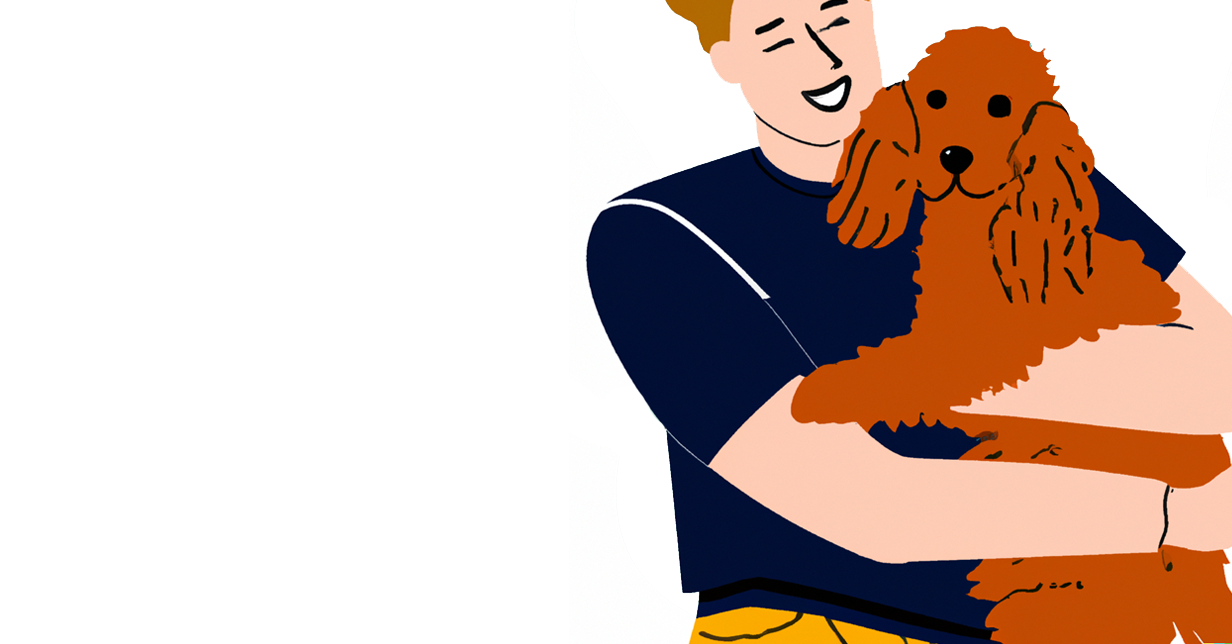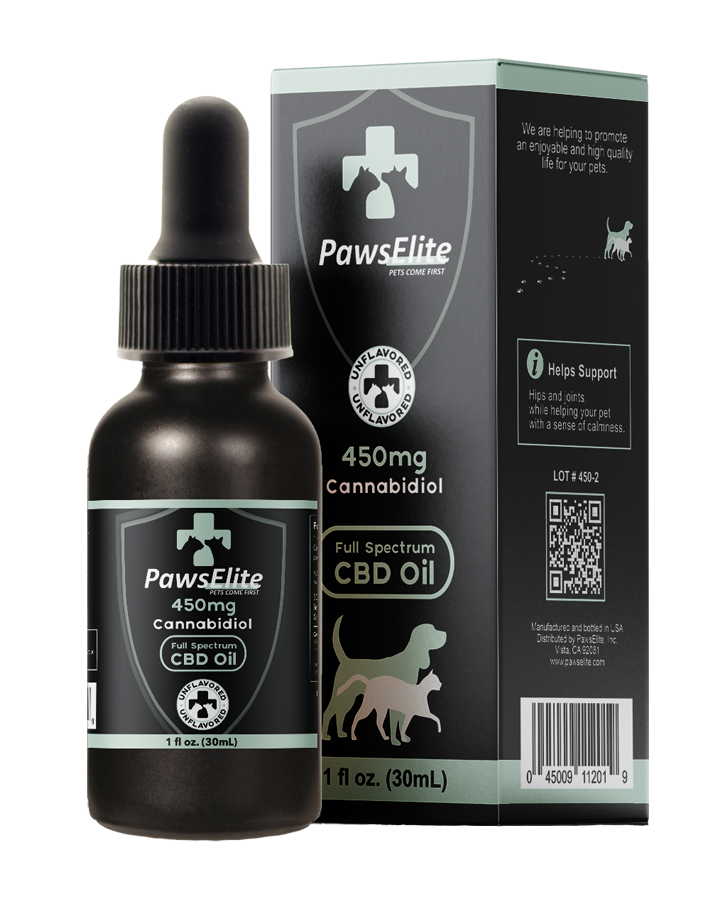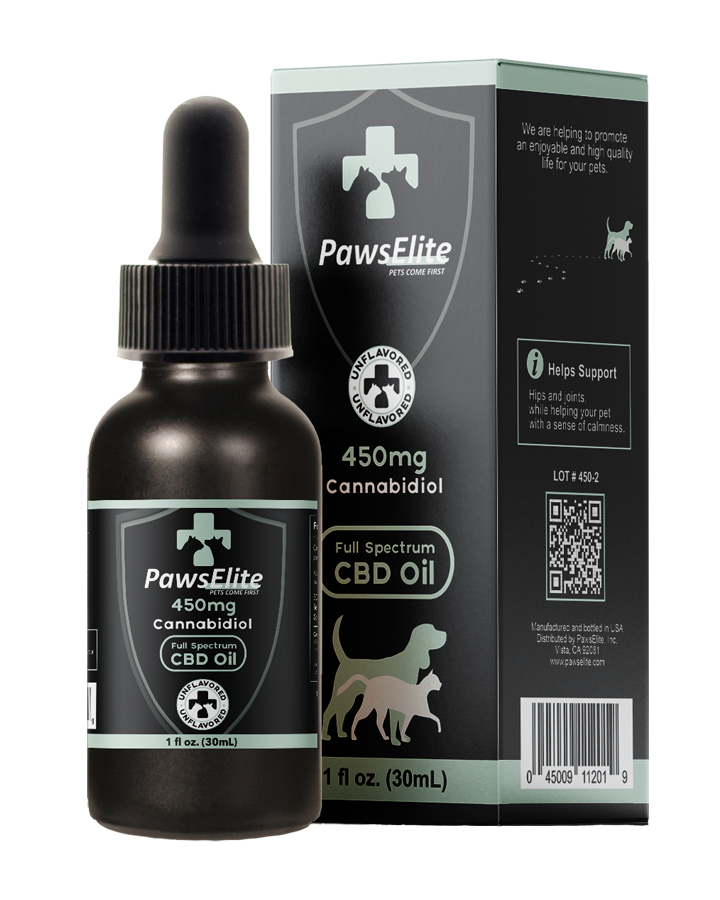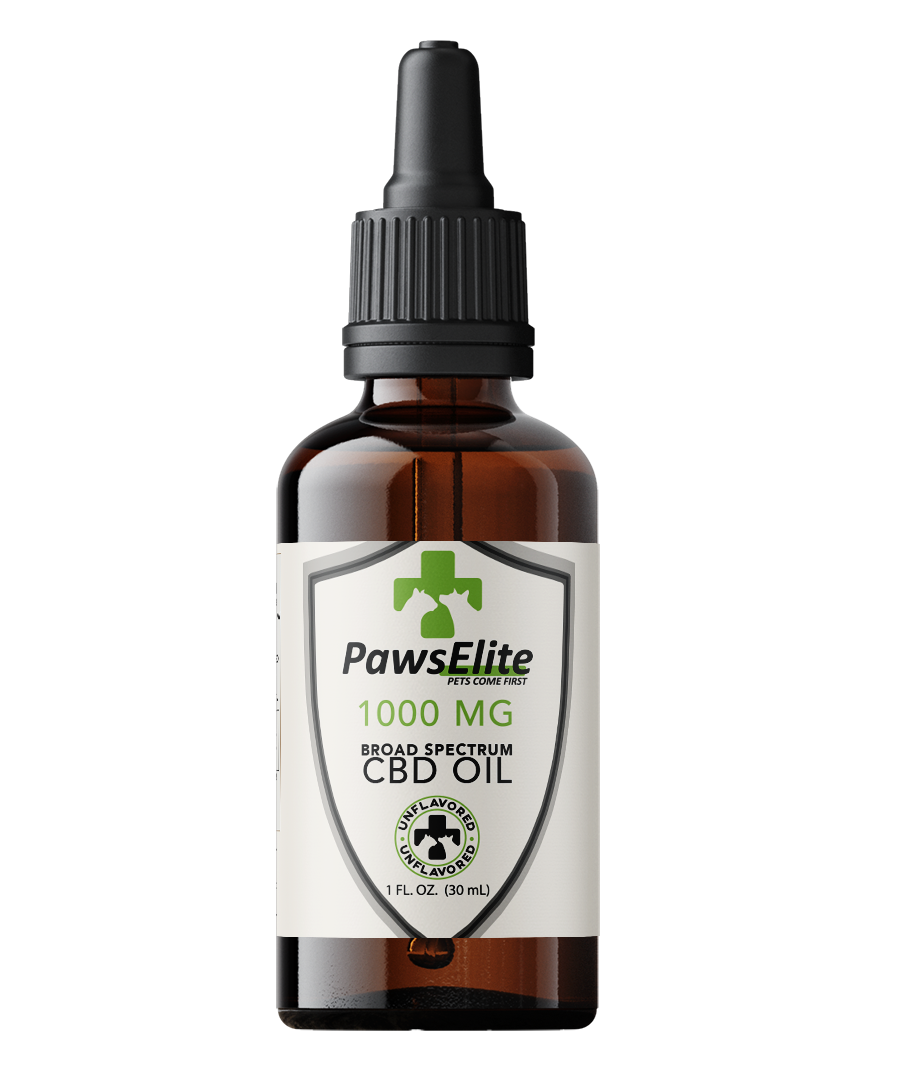
Building the Perfect Exercise Plan for Your Dog: A Guide for Pet Owners
Share
Once upon a time, there was a happy-go-lucky dog named Max. He loved to run and play, but as he got older, his owner noticed that he was becoming more sluggish and overweight. Concerned, Max's owner took him to the vet, who confirmed that Max was indeed overweight and in need of a fitness plan.
The vet suggested some exercises, but also recommended using CBD oil as a supplement to help with Max's weight loss and joint health. Max's owner was hesitant at first, but the vet explained the benefits of using CBD oil and provided guidance on dosage.
With the vet's clearance, Max's owner created a fun and engaging fitness plan for Max. They started with short walks and light exercises, gradually building up to longer runs and more intense workouts. Max loved the attention and the new activities, and his owner was thrilled to see him getting healthier and more active.
Thanks to the fitness plan and the CBD oil supplement, Max was able to shed the extra weight and regain his youthful energy. Max's owner was grateful to the vet for the advice and to Max for being such a fun and inspiring companion.
Here is a guide to build the perfect exercise plan for your dog.
Find Out What your Dog Can Handle
Starting an exercise program with your dog is a great way to ensure that they maintain a healthy weight, stay active, and strengthen the bond between you and your furry friend. However, it's important to note that not all dogs are created equal, and each dog has unique needs that should be taken into consideration before beginning an exercise routine. This is where seeking veterinary advice comes into play.
Before starting any exercise program with your dog, it's crucial to schedule a visit with your veterinarian. The vet will be able to provide valuable insights into your dog's overall health and fitness level, as well as any underlying medical conditions that could affect their ability to exercise. For example, dogs with hip dysplasia or arthritis may require a more low-impact exercise routine.
In addition, your veterinarian can offer advice on the appropriate type and amount of exercise for your dog's age, breed, and overall health. Certain breeds, such as Greyhounds and Bulldogs, may have specific exercise needs due to their unique physical attributes. Additionally, older dogs may require more rest and recovery time.
It's also important to note that the intensity and duration of the exercise routine should be increased gradually, over time. Sudden, intense exercise can be dangerous for dogs, and can lead to injury or other health issues.
In summary, seeking veterinary advice is an important step in starting an exercise program with your dog. This ensures that you are meeting their unique needs and helping them achieve optimal health and wellness. By working together with your vet, you can create a safe and effective exercise routine that both you and your dog will enjoy.
Planning a Exercise Routine
When starting an exercise routine with your dog, it's important to remember that slow and steady wins the race. Just like humans, dogs need time to build up their endurance and strength. Jumping right into a rigorous exercise routine can put your dog at risk for injury, which is the last thing you want. It's important to start with shorter and less intense sessions, gradually increasing the duration and intensity over time. By taking it slow, you can ensure that your dog is able to keep up with the routine and is not experiencing any discomfort or pain. So, be patient and take things one step at a time to ensure that your dog stays healthy and happy.
Example Exercise Routine for Dog
Here is a sample of a routine that can be used:
Start with a warm-up walk
Take your dog for a leisurely walk for about 5-10 minutes to warm up their muscles. Use a comfortable & soft dog leash to have a control on your dog while taking him for walks.
Active playtime
Choose an activity that your dog enjoys and engages them both physically and mentally. This could include playing fetch, tug of war, or hiding treats around the house or yard for your dog to find.
High-intensity exercise
This could include a run or a hike with your dog, agility training, or even swimming.
Cool-down period
Finish the exercise routine with a 5-10 minute walk at a slower pace to allow your dog's heart rate to gradually return to normal.
Remember to adjust the exercise routine based on your dog's age, breed, and overall health. Start with shorter exercise sessions and gradually increase the duration and intensity over time. Don't forget to keep your dog hydrated during and after exercise, and to take breaks as needed.
Dog Training Activities That Can Help with Exercise
Keeping your dog physically active is one of the most important things you can do to ensure their overall health and happiness. Along with regular exercise, incorporating training activities into your dog's routine can help keep them engaged, stimulated, and mentally sharp. In this list, we'll explore some popular dog training activities that not only help with exercise, but can also enhance your bond with your furry friend. From simple exercises like doggy push-ups, to more advanced activities like agility training, these activities can help keep your dog fit, healthy, and happy.
Sit-to-stand
This exercise is great for strengthening a dog's core muscles. Start by having your dog sit, then give the command to stand. Repeat for a set of reps.
Doggy push-ups
This exercise is similar to sit-to-stand, but with an added push-up. Have your dog sit, then give the command to stand, followed by the command to lie down, and then back up to standing. Repeat for a set of reps.
Fetch
Fetch is a great way to get your dog running and burning energy. Toss a ball or toy and have your dog retrieve it. Repeat for a set of reps.
Tug-of-war
Tug-of-war is a fun way to build your dog's strength and engage their muscles. Use a sturdy rope or toy and engage in a friendly game of tug. Be sure to supervise and take precautions to avoid injury.
Stair runs
If you have stairs in your home, running up and down them can be a great way to get your dog's heart rate up and work their leg muscles.
Jumping
Have your dog jump over an obstacle or onto a raised surface, such as a sturdy bench or platform. This can help build their leg muscles and improve their balance.
Remember to always start slowly and gradually increase the intensity and duration of the exercises as your dog becomes more comfortable and accustomed to the routine. And as always, consult with your veterinarian before starting any new exercise program with your dog.
Using Supplements With The Exercise Routine
Pet owners may also want to consider incorporating supplements like CBD oil into their dog's exercise routine. CBD oil has been shown to have a range of potential benefits for dogs, including reducing inflammation, managing pain, and promoting relaxation.
However, it's important to note that not all CBD products are created equal, and Paws Elite uses only premium and organic CBD. Pet owners should always discuss the use of supplements with their veterinarian to ensure that they are safe and effective for their dog, and to determine the appropriate dosage and administration method.
Overall, incorporating a fitness plan and supplements like CBD oil into a dog's routine can have significant health benefits for both the pet and the owner. By working with a veterinarian and developing a personalized plan, pet owners can help their furry friend maintain a healthy weight, reduce the risk of chronic health conditions, and enjoy a happier, more active lifestyle together.








